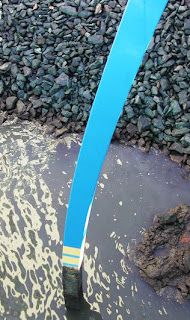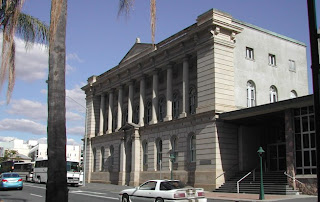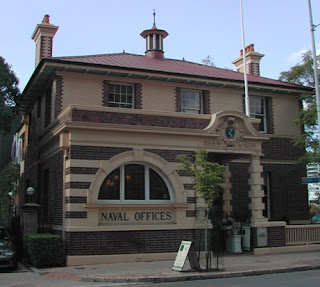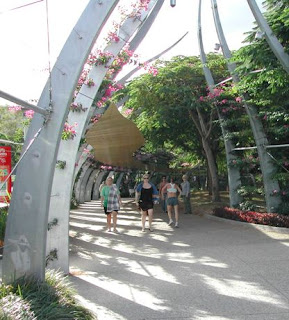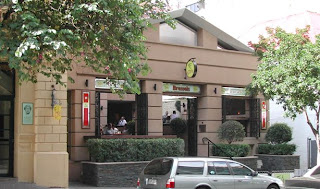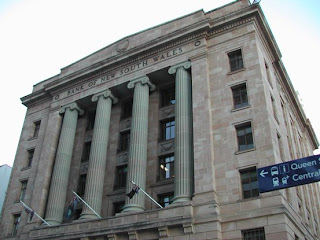 Mephisto is the last surviving German A7V Sturmpanzerwagen tank from the World War I. Accessible from the Dinosaur Garden at the Queensland Museum at Southbank, the tank is enclosed in glass with a number of informational displays on its history. The Germans produced only this one type of tank during the first World War. Only 20 of them were built during 1918, and they saw action from March to October that year. This one, dubbed "Mephisto", is chassis number 506. As much as possible, the Museum has attempted to preserve its original condition, so the tank is no longer operational.
Mephisto is the last surviving German A7V Sturmpanzerwagen tank from the World War I. Accessible from the Dinosaur Garden at the Queensland Museum at Southbank, the tank is enclosed in glass with a number of informational displays on its history. The Germans produced only this one type of tank during the first World War. Only 20 of them were built during 1918, and they saw action from March to October that year. This one, dubbed "Mephisto", is chassis number 506. As much as possible, the Museum has attempted to preserve its original condition, so the tank is no longer operational.
The tank was effectively disabled at Villers-Bretonneux during a the first tank versus tank fight on 24 April 1918. On the 25th April in a counter offensive, the ground where the tank had stalled was retaken Australian and British troops. The Germans did attempt to destroy it, however, it remained stranded in a shell hole over the following months until the 28th Batallion, consisting mostly of troops from Queensland, determined to recover it.

How amazing is this? In all the world, a German historic replica ends up in a museum in Brisbane! It got here effectively as a keepsake when it was loaded onto the SS Armagh for transport to Australia on 2 April 1919. Even then Prime Minister Billy Hughes got involved in deciding it could remain in Brisbane as part of the Queensland Museum where it has resided ever since.
Cheers, I Love Brisbane, Wes.
Click Here for the Google Map Reference for this post.





